- Apply
- Visit
- Request Info
- Give
Call Sol: The Enduring Legacy of Sol LeWitt
Call Sol exhibition program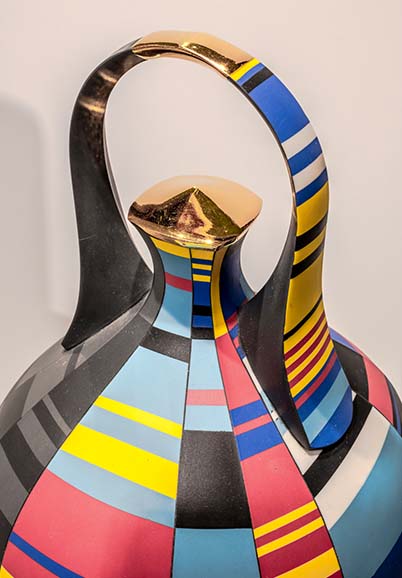
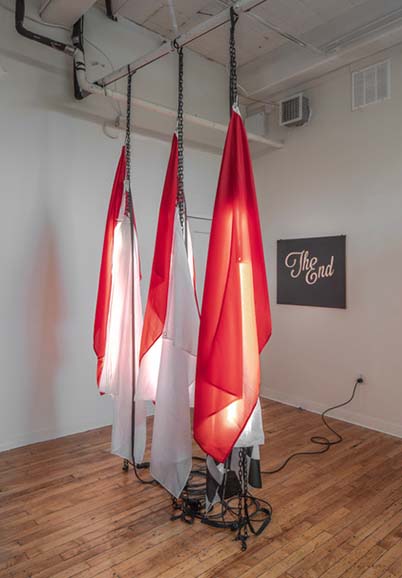
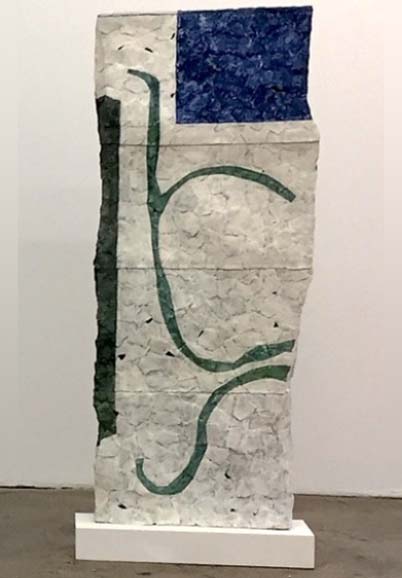
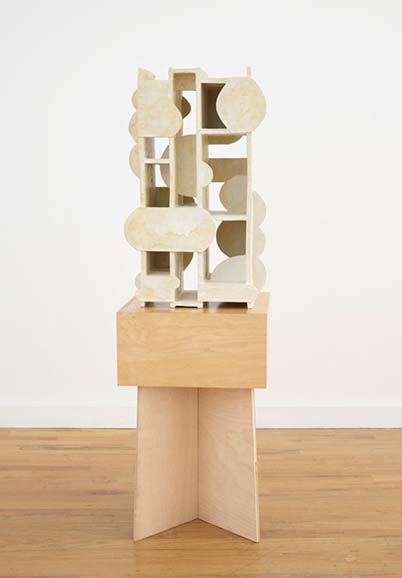
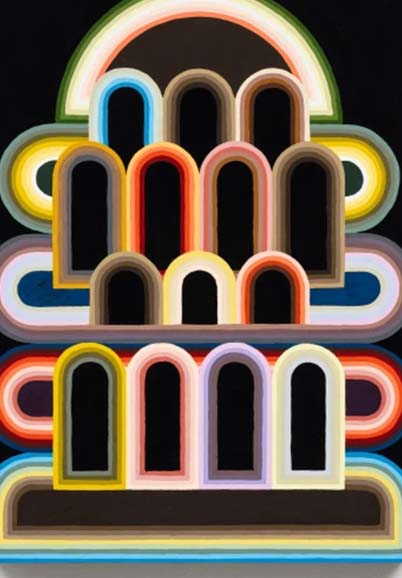
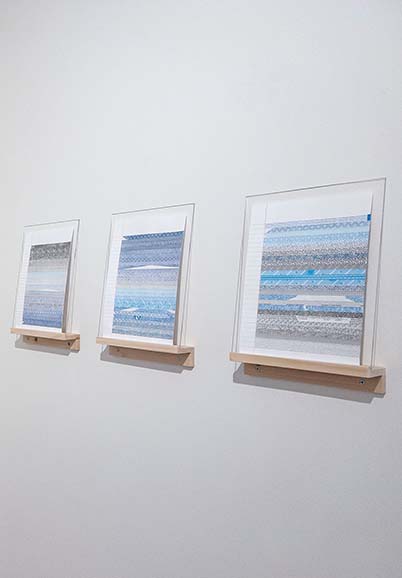
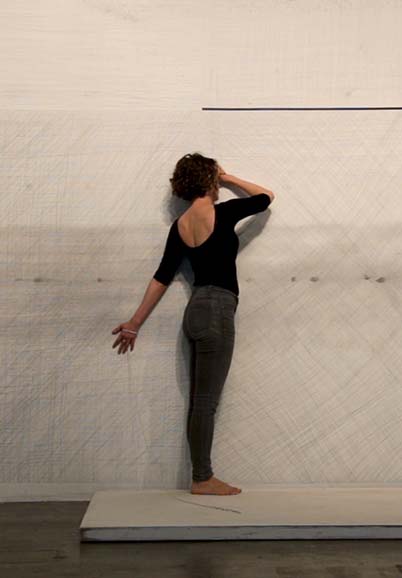
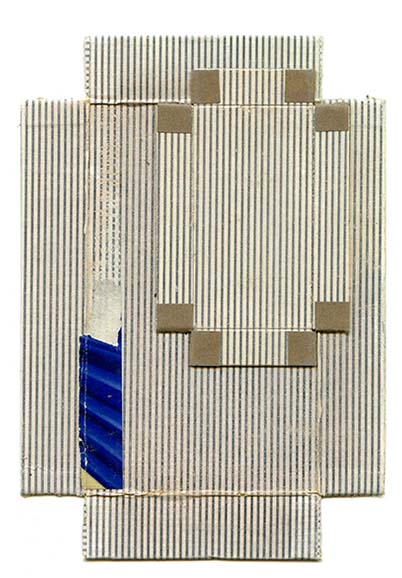
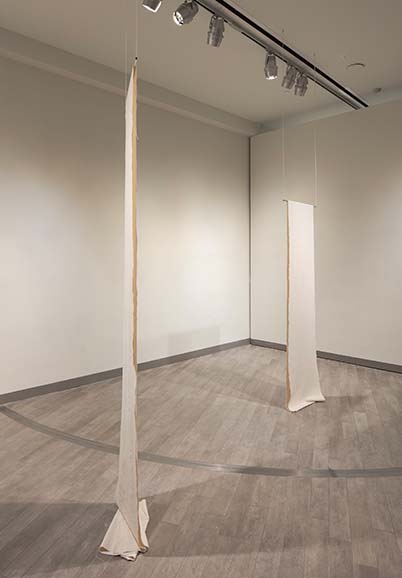
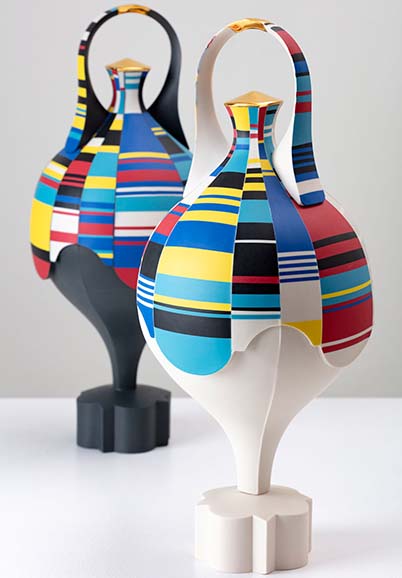
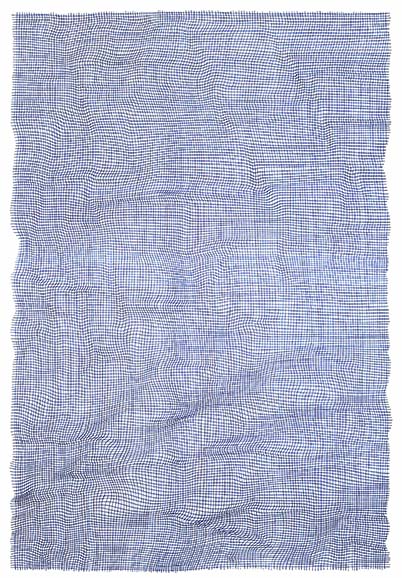
Call Sol: The Enduring Legacy of Sol LeWitt, 08/23 – 10/27/2023
Call Sol: The Enduring Legacy of Sol LeWitt traces the literal and symbolic influences this icon of American conceptual art has had on artists working today. Our exhibition focuses on ten such artists that LeWitt touched intellectually, formally, or stylistically.
Sol LeWitt is a pioneer of the minimalist art movement. In 1968, LeWitt created the first of the wall drawings for which he is so well known, and, in doing so, redefined the terms of what art is: who can make it, who can own it. His drawings – layers of straight black lines; rows of colored wavy lines; bold black-and-white geometric forms; bright colored geometric forms and many more patterns – hinted at mathematical equations and architectural specifications. LeWitt prioritized the idea that concept drives the creative process. The artists in this exhibition are minimalists: their ideas are rendered through reduction of form and materials.
David Borawski deploys LeWitt’s rules for variation and repetition to reflect on our current political challenges. Borawski is very much aware of both “end” of art and life. The recent COVID pandemic rekindled apocalyptic imaginaries. With him, we are reminded of Roadhouse Blues’ lyrics “the future’s uncertain and the end is always near my friend, and always has been.”
In her hand-woven cloth, Janet Passehl seeks collaborations between material, light, space, and gravity. Her tapestries are reminiscent of painter’s canvas that awaits the first brushstroke. They document the changing light as it bounces off the fabric. Pooled by gravity, they fold into exquisite configurations when they touch the floor. To allow this to happen, Passehl is deeply invested in the extremely subtle differences that occur through alterations in tension, density, and the nature of the thread when she weaves and displays her work. What do these nuances communicate to her and the viewer? Is there a space for such pure minimalism in our fast moving world? The answer is absolutely yes! The reward is nothing less than finding yourself embedded gracefully, and profoundly, in the moment.
The ceramic artists Linda Casbon, David S East, and Peter Pincus share with LeWitt their dedication to modernism. Pincus’s Scratch & Spin Amphora is an elegant vessel that brings together dark gray, matte porcelain punctuated with festoons of gold luster and dynamic color contrasts. Also on display are three pieces from his series, Losing, a monumental installation of 15 vessels that Pincus created in 2020 in direct response to LeWitt’s wall drawing, Losing #422.[1] When viewed in the gallery, Pincus’s ceramics create a painting-like landscape that reminds us of the extent to which handmade ceramic is an expansive and versatile medium. Neue Cairn by East is a monument of commemoration and reflects East’s interests in architectural ornament as it reflects our cultural history.
Casbon’s Pillows are deceptive ceramic objects that refute the softness presumed by their title Sitting on shelves at eye level, we experience them as contemporary fresco-like surfaces (the title of one, Giotto Pillow, references the artist’s famous frescos). All three artists master ceramic plasticity to perfection and create objects that resonate with LeWitt’s fascination with precision and harmony, both defining virtues of modernism.
Karin Shaefer, and Maria Kassianidou are drawn to LeWitt’s commitment to mark-making and repetition. They exhaustively explore the possibilities of line drawing, searching for all possible variations. The surfaces they create are no longer flat, but acquire a three-dimensionality that plays tricks with our eyes and communicates their unique visual vocabularies. Linda Lindroth is intrigued by traces of wear and age imprinted on everyday objects: covers of old books, gift boxes and various paper accessories. She scans these objects, then re-photographs the scans, achieving a magical illusion of volume on the flat surface that imbues these familiar shapes with thought provoking ambiguity .
Abigail Levine translates LeWitt instructions into a dance score. She follows LeWitt’s wall drawings: one line corresponds to one step on the floor. Levine reveals the choreographic logic and somatic ideas waiting to be discovered in LeWitt’s instructions.
Edie Fake is inspired by the Mojave Desert landscape, which he evokes in compositions of hard-edged, Day-Glo squiggles, orbs, and pyramids rendered on velvety black backgrounds. Having grown up queer and trans in a Catholic household, Fake is interested in spaces where one can hold on to, and reflect upon, complexity. With their graphic clarity, Fake’s hard-edged abstractions can be seen as complex warning signs that emphasize the importance of self-knowledge and contemplation.
LeWitt denounced the idea of art authorship. His drawings are made by museum assistants: art handlers, guards, and volunteers according to a set of instructions. In the spirit of the medieval workshop – where the master conceives of a work and apprentices carry out his instructions – and its contemporary equivalent, “open source,” LeWitt “directed” thousands of people to become artists for the duration of the drawing process. In this way, LeWitt challenged a fundamental belief about art: the authority of the artist in the production of a work.
During his prolific career, LeWitt’s instructions were transformed into approximately 1,350 wall drawings at more than 1,200 venues. Today, many years after his death, in 2007, LeWitt's instructions for drawings are being followed in museums around the world. ECSU students will also make a large wall drawing as part of this exhibition, using LeWitt’s instructions; an on-site example of how Sol’s generosity has made it possible for schools like Eastern to have its own piece of world-class conceptual art.
Like no one else, LeWitt’s legacy is both international and very local. LeWitt was born in Connecticut, in 1928, to Russian immigrant parents. His mother took him to community art classes, which led to his studying art at Syracuse University, and his first job, in 1960, as an administrator at the Museum of Modern Art. When he became a world renowned artist, he retained his humble personality. He kept a small studio, avoided the limelight, and turned down multiple awards. His sense of humor imitates his art. It infuses the legendary “Do It” letter he wrote to Eva Hesse – a sacred mantra to creative practitioners since it was published in 1965. We are pleased to have a video on display in the gallery of the actor Benedict Cumberbatch reading this letter. It is a plea to our students to slay the demons of self-doubt and to take risks.
The artists in Call Sol have taken this lesson to heart. During their careers they have admired, pondered, experienced, absorbed, and contextualized LeWitt’s minimalist approach. Four of them met the Maestro, Sol, in person. Of multiple generations, they live in New York, New Haven, Hartford, and Colorado. They are attracted to the collaborative nature of his work and its simplicity, virtuosity, and calculation. Influenced and inspired by LeWitt they have each developed – like him – a unique visual language reflective of their own time.
Call Sol is a tribute to a man respected as an artist, and as a colleague, friend, and mentor to legions of other artists who have aspired to pursue an artistic career with the same intellectual rigor and intensity that emanates from every work of art that his hand (or instructions) produced. The exhibition title is a fond nod to the iconic TV series Better Call Saul, both in its catchy alliteration and, more importantly, as a marker for our Sol’s generous spirit. It incisively expresses my respect for LeWitt’s global popularity and his local footprint. As an example of the latter, we will screen the documentary, We Built This House, about the building of synagogue Beth Shalom Rodfe Zedek in Chester, CT, whose design LeWitt collaborated on.
On view is another significant project that recalls LeWitt expansive legacy: the Babyn Yar synagogue designed by Swiss studio Manuel Herz Architects, in 2021, to mark the 80th anniversary of the massacre that took place at this site in Kyiv during the Holocaust. Herz and LeWitt were both influenced by the historic wooden synagogues of Eastern Europe, which they had each studied in preparation for their designs. The Babyn Yar exhibition originated at the Koffler Center, Toronto, CA, which I visited in May 2023. It was an overwhelming experience. For a moment, the horrors of both wars (Ukraine and World War II) surrounded me. But I was reassured by the power of art displayed in the gallery. Call Sol and the Babyn Yar exhibition are very distinct from each other, but personally important. They reinforce my faith in the ability of art to connect us across the vast complexity of cultures and geographies. Sol LeWitt’s art epitomizes this belief. Julia Wintner, 2023.
[1] These works were created for the exhibition Art in the Age of Influence: Peter Pincus, at Ferrin Contemporary Gallery, in 2020. Ten pieces from Losings have been purchased by Everson Museum of Art, Syracuse, NY

